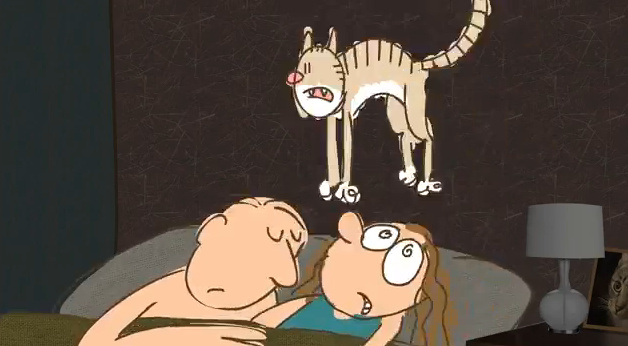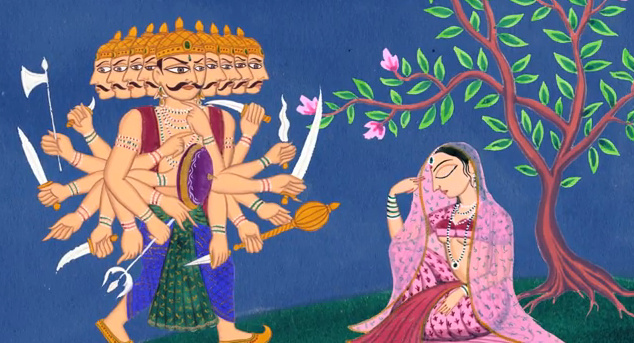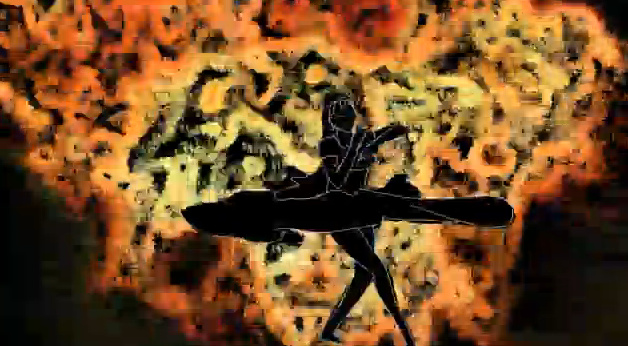How much can audiences expect to learn from historical fiction? A few blog posts have defended Disney’s Pocahontas against accusations of historical inaccuracy by arguing that it was never the filmmakers’ intent. I tend to agree there. Disney never promised historical accuracy, yet audiences expected it. Why?
The characters and settings truly existed, sure, but the hummingbird and raccoon sidekicks, not to mention the talking tree, are glaring red flags that this is not going to be a history lesson. But let’s look at An American Tail. The story of America’s 19th century immigration boom is played out by mice and cats, all talking, many in full costume, yet this movie is arguably seen as more educational than Pocahontas. The settings are fully fleshed out, and the plot leads us through highlights of American history. Like Pocahontas, An American Tail does not overtly claim to be a history lesson, yet again audiences are eager to claim it as such.
Why does An American Tail tend to get more credit? I suspect one factor in its favor is that the filmmakers made no pretense of basing the Mousekewitz family on specific historical figures. They are allowed to stand in for the generic every-man family, so their story is accepted as a generality. Most of us know by now that the Pocahontas and John Smith story was very unlike the Disney version, but that Disney (and centuries worth of storytellers before them) intended the story to be representative of cooperation. Would this moral have as much punch if the characters were Generic Native American Woman (which Pocahontas is made to stand in for anyway) and Generic WASP Man? Or did Disney need the authority of history, however misplaced or misused, to make their point?




